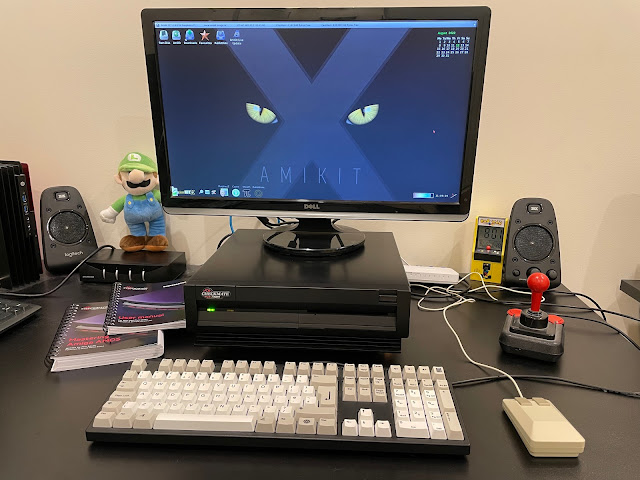Understand the system
Of all of the different techniques this one may be the simplest but also the most important.
When you’re trying to reverse engineer something, understanding the system is key to unraveling the black box which is the PAL. You need to understand what connects to the PAL on the inputs, what it connects to on the output side. Usually going one level back isn’t enough. Why? Because maybe the PAL connects to an OR gate, that then takes a couple other connections. So what you need to do is follow from the primary driver to the consumer of that signal.
